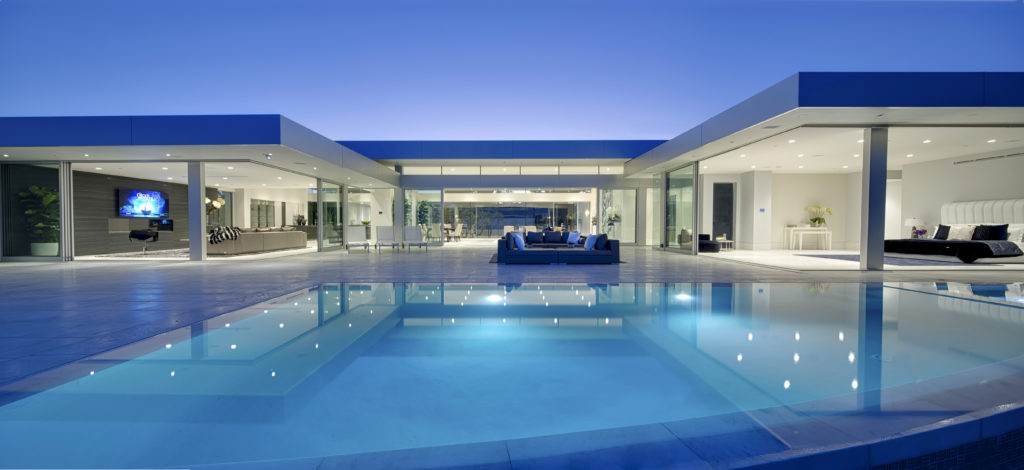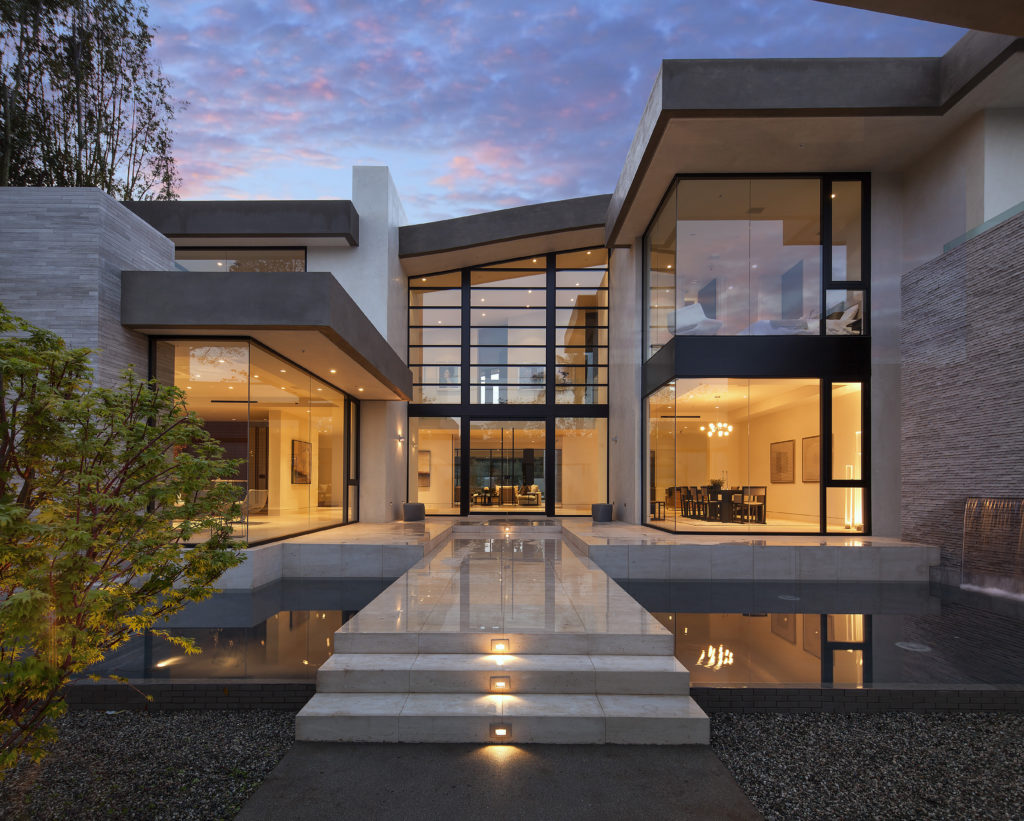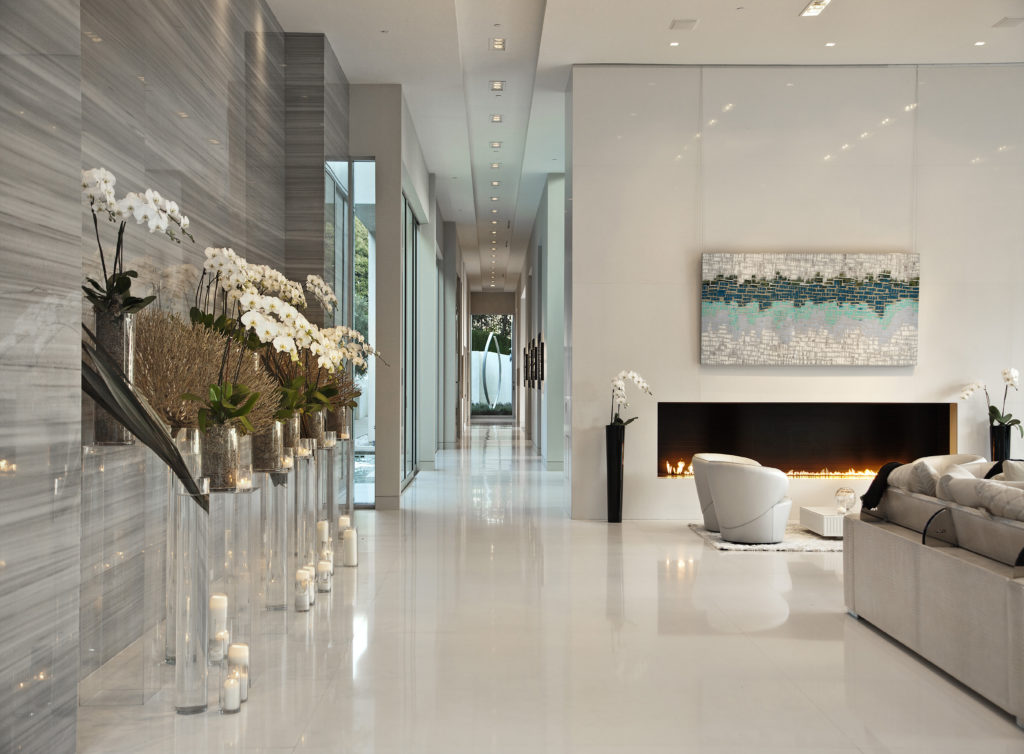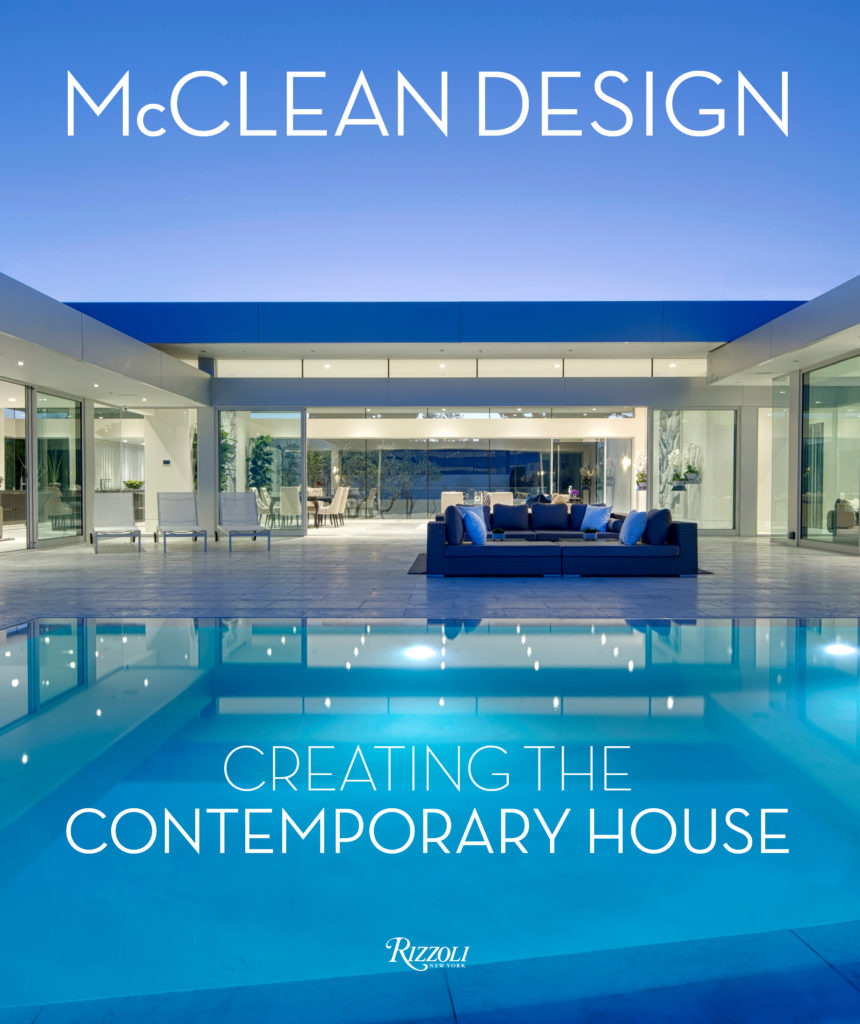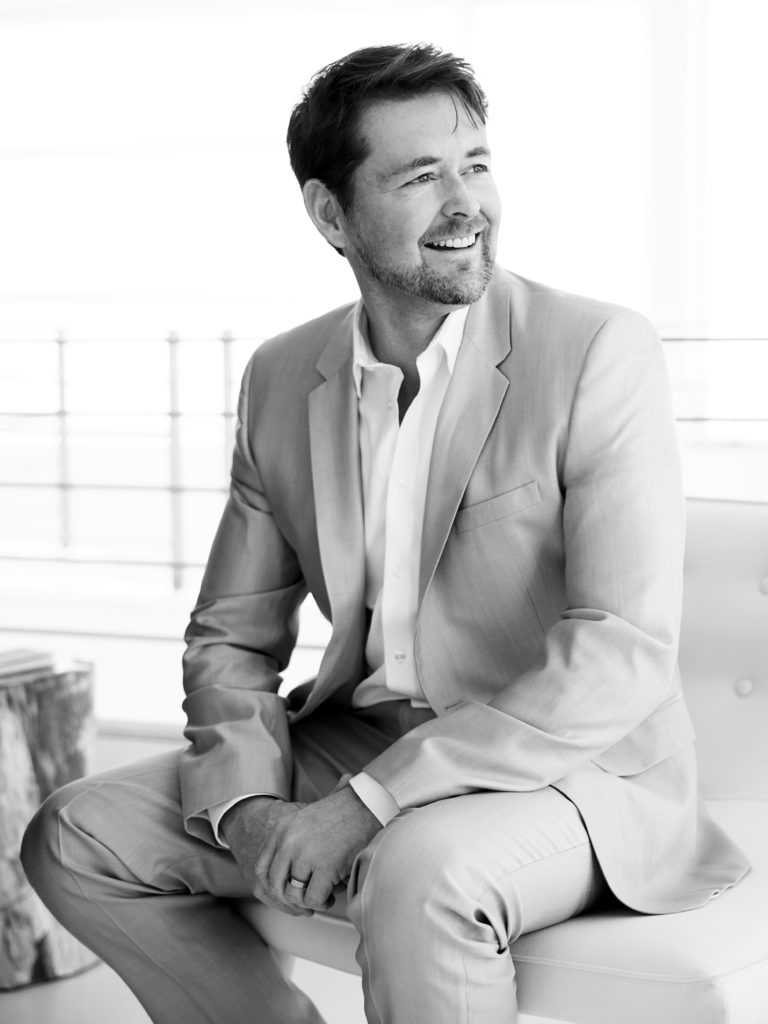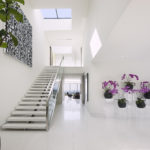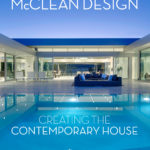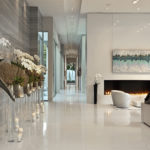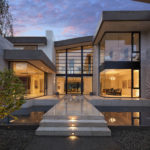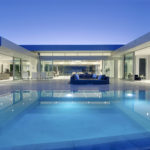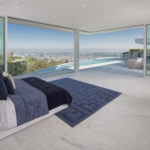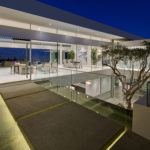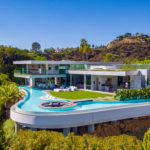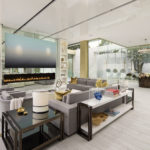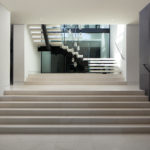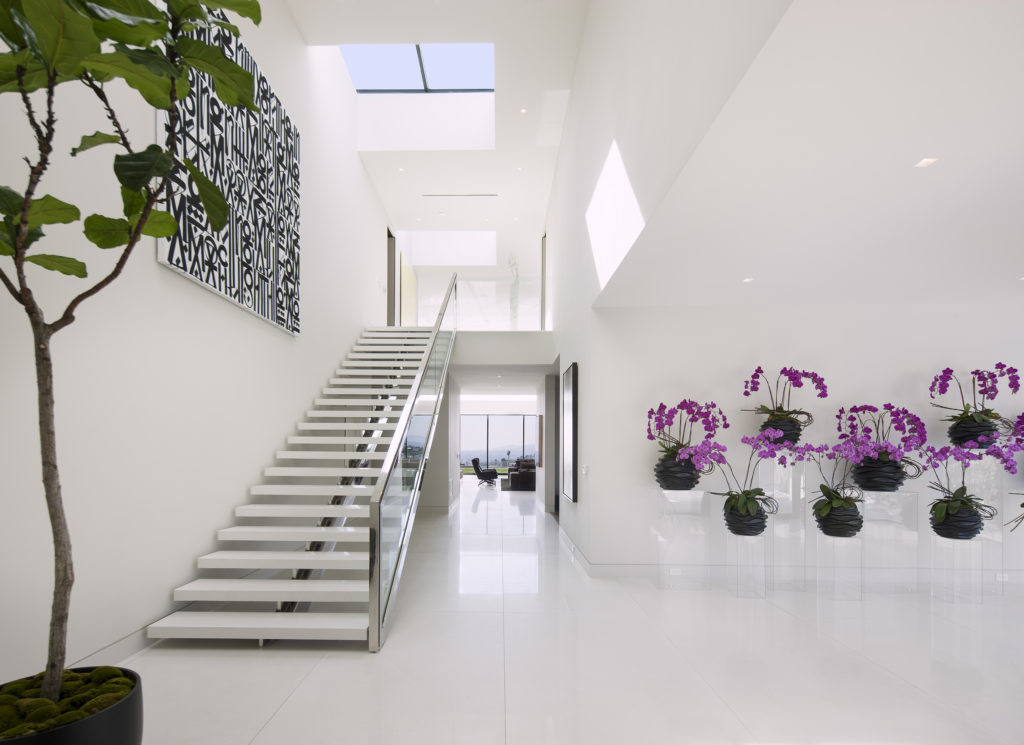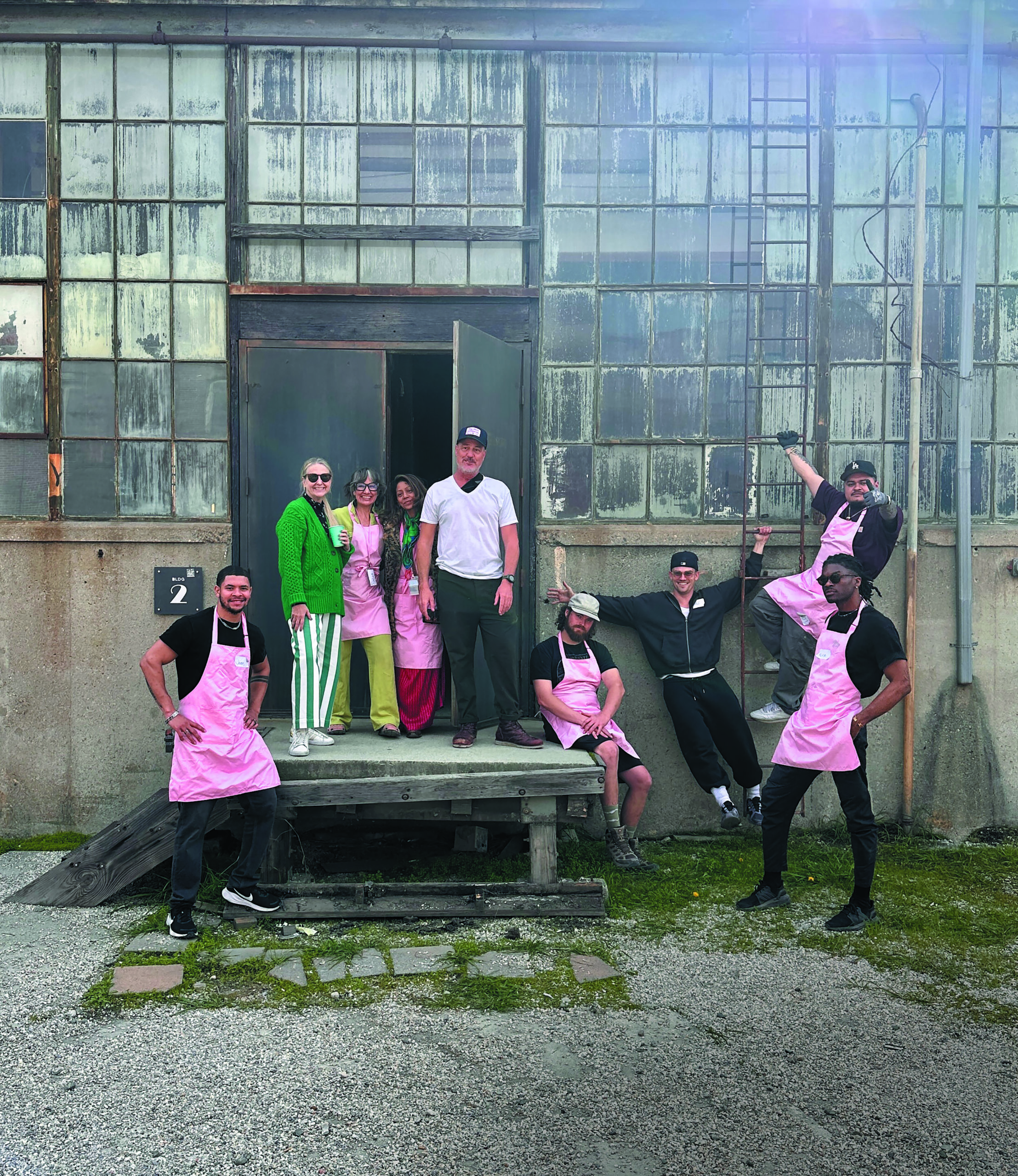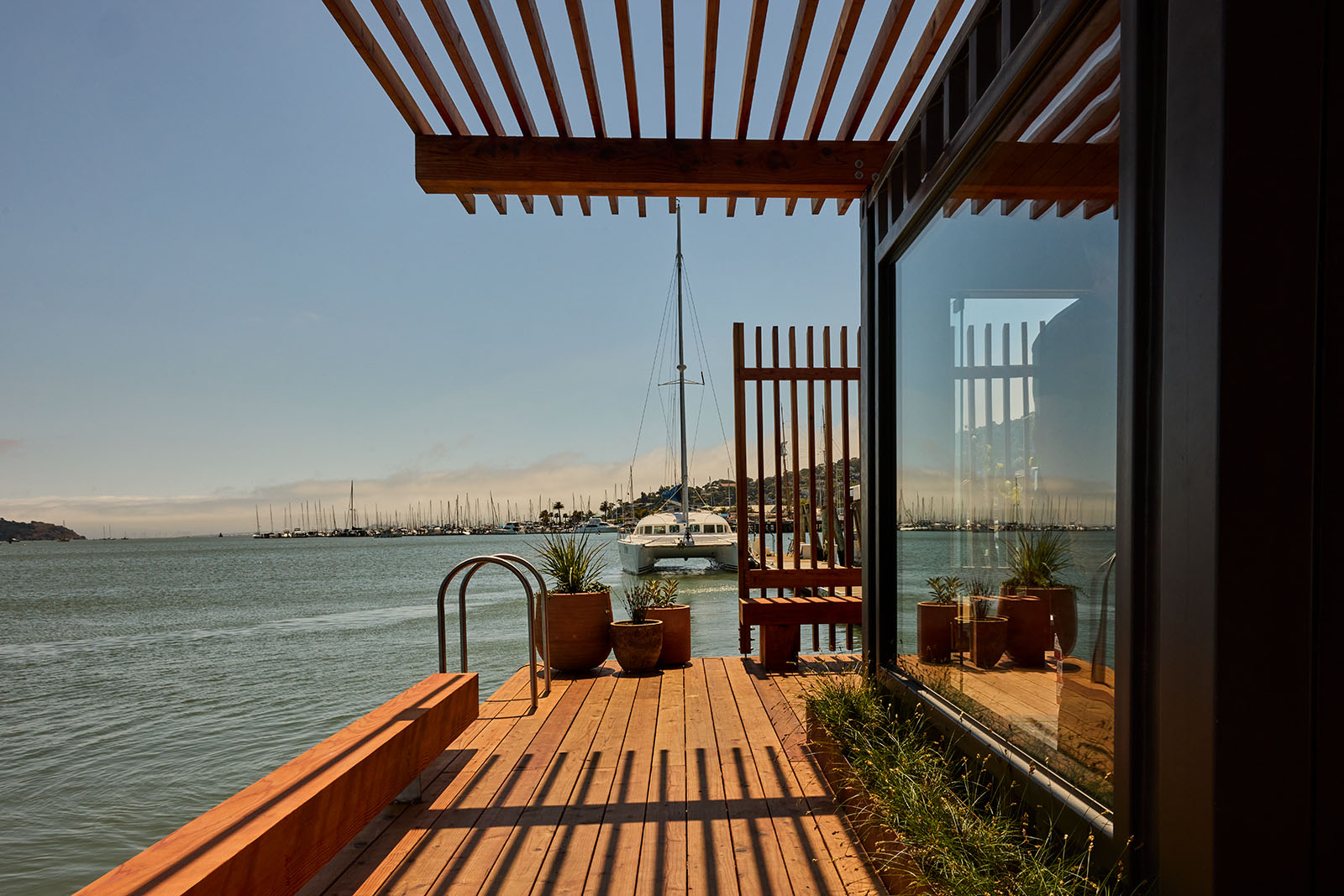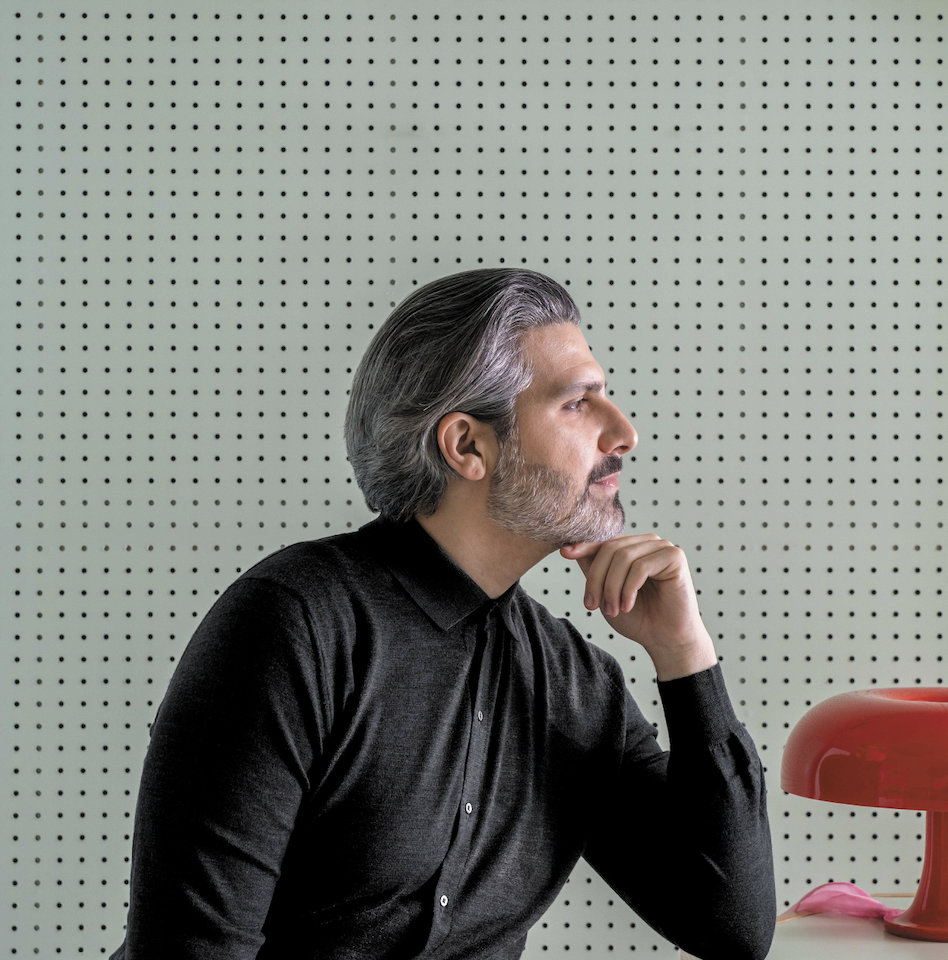Architect Crush: McClean Design
Author:Michelle KonstantinovskyShortly after graduating with honors from the Dublin Institute of Technology in 1994, Irish-born architect Paul McClean made his way to California and quickly made his mark in the residential design world. McClean established his eponymous firm in 2000, and over the last 15 years, it’s become one of the leading contemporary residential design firms in the Los Angeles area. McClean’s team is currently working on more than twenty large homes across much of Southern California with additional projects in San Francisco, Vancouver, and New York. In addition to his work with home owners and developers, McClean is also the subject of McClean Design: Creating the Contemporary House which goes behind the scenes of 24 of his ultra-modern homes. Learn more in our Q+A below.
How did you get your start in architecture?
I wanted to be an architect since I was four years old. As a young boy, I liked nothing better than to draw houses all day long. I became fascinated from an early age with the work of Frank Lloyd Wright through books at our local library and later discovered the case study houses here in LA as well as the work of Schindler and Neutra.
I have admired many architects over the years. I can still remember the excitement I felt as a ten-year-old child when I discovered Falling Water. It stunned me and I remember trying to draw it over and over again, not quite understanding how it worked, but captivated by its beauty. It confirmed my desire to study architecture. The work of Richard Neutra drew me to LA. I love the poetry of Oscar Niemeyer’s work and am a huge fan of Tadao Ando and Richard Meier for similar reasons. The architect I have most admired over the years is Sir Norman Foster. I have always loved his unflinching optimism in the future and desire to question everything. Perhaps you have to be an optimist to be an architect, but he and his firm have done some remarkable projects over the years. Aside from that, he grew up in modest circumstances in Manchester, which was inspirational to a young lad not far away across the Irish Sea.
Tell us about the new book, McClean Design: Creating the Contemporary House, and how that project came to be.
The combination of a big birthday and the slow approach of McClean Design’s twentieth anniversary next year made me think about putting a book together exploring some of our work from the last ten years or so. We tried to keep the writing to a minimum and concentrate on plans, sections and images of the houses. It’s a bit of a catalogue of our recent work and an articulation on what our work is about. Perhaps the book also gives us some pointers on where to go next. I hope it will be liked and that people will find inspiration and ideas that they can translate into their own projects, maybe help them dream a little.
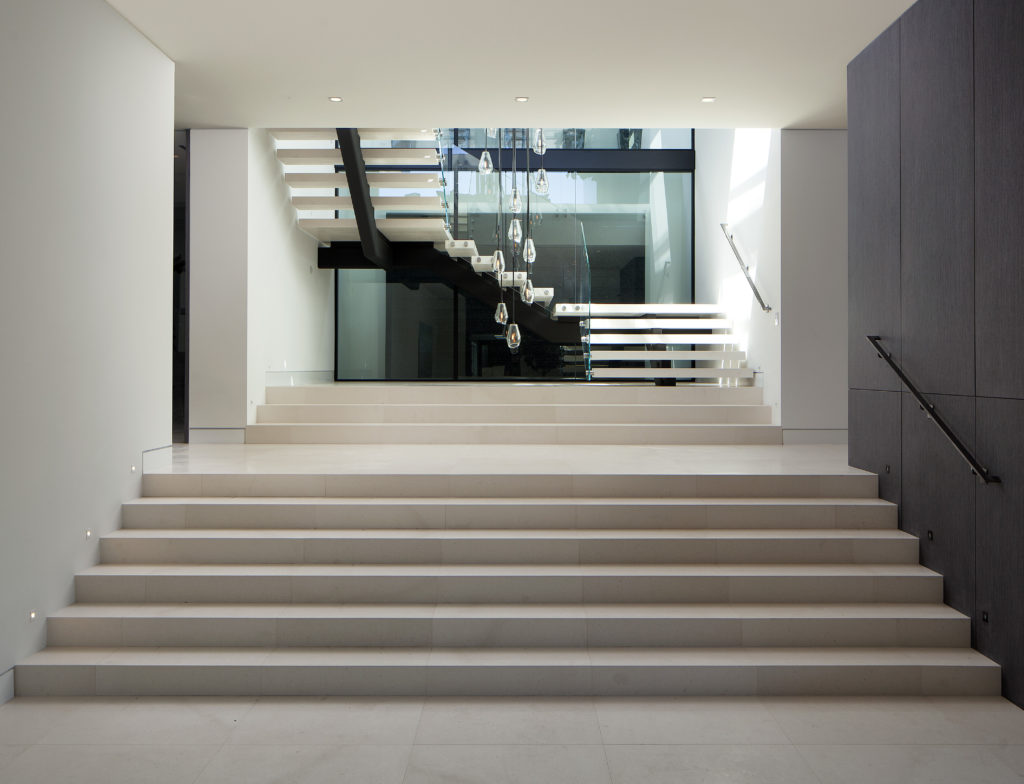
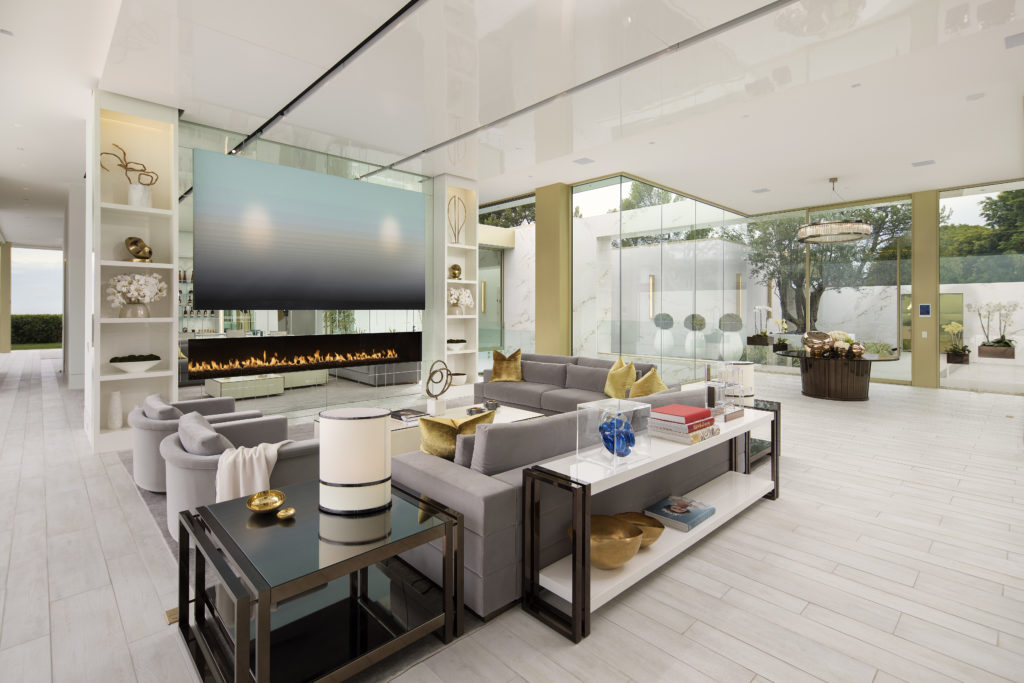
The incorporation of water and the elimination of indoor/outdoor boundaries is part of your signature style — why are those concepts important to you?
I have always been attracted to modernism as it developed in Southern California. The uniquely benign climate allows you to live in a way that is difficult to achieve in other places. The year-round mild climate is ideal for blending indoor and outdoor living. This has been a key component of our work since the beginning. Being connected to one’s surroundings is increasingly important in today’s world where so much of our time is spent looking at screens. We really believe that it improves people’s lives when they are aware of their natural surroundings. Even in large cities there are opportunities to see the sky and trees or create a calming space. We have been fortunate to work almost continuously on projects with great views of the surrounding landscape, both urban and rural, as well as many homes in the coastal area. This has helped us continue to develop structures that are light and transparent in the hope of blurring the boundary between indoors and the landscape beyond. Water is so fundamental to life and I find that we, like so many other animals, are attracted to water at a primeval level. Especially living in an arid landscape, there is nothing more pleasing or calming than the use of water. Dating as far back as ancient Egypt and Mesopotamia, you can look at past centuries and see how water was incorporated into buildings. We like to use water for cooling and reflection, bouncing dappled light deep into interiors. As the years have progressed, we have worked on large and more complicated projects, but we strive to hold on to those original concepts and continue to develop them in new ways.
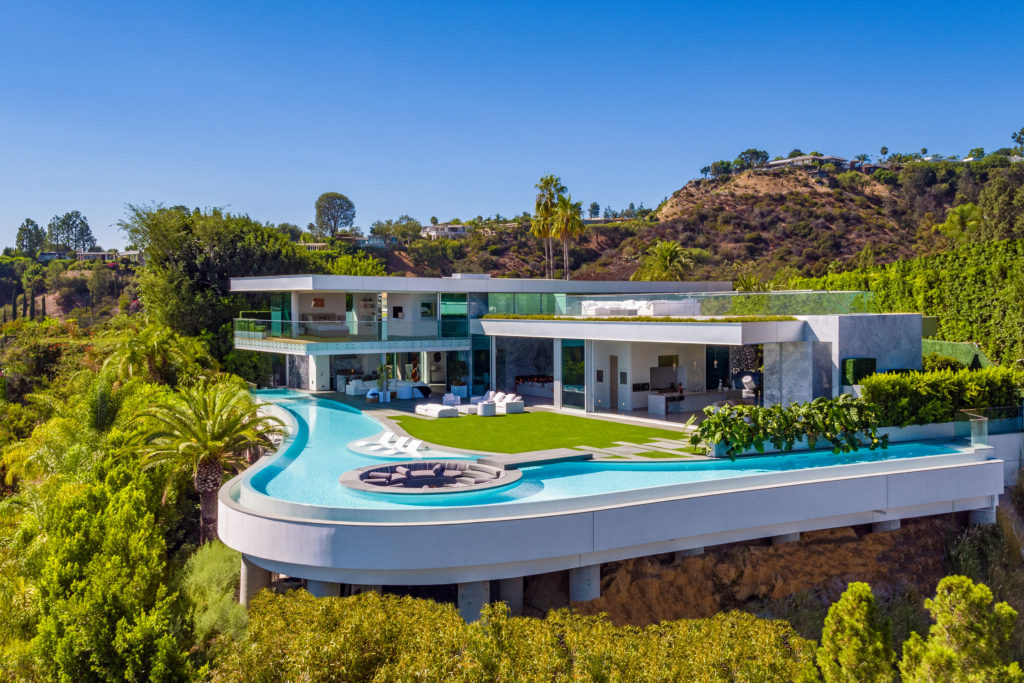
Your firm makes extensive use of glazing systems to maximize views and allow for more light – describe what that means and why it’s central to your work.
Light is at the center of our work; in fact, you might say that architecture in general is mainly about manipulating light at a fundamental level. We are always looking for ways to create spaces that make the most of their surroundings and connect the user to light and nature. We often try to extend spaces by using retractable walls of glass. A small room will appear much larger if one wall is completely replaced with glass, even if there is only a minimal side yard next to it. Perhaps growing up in a damp and cold climate helped me learn to love the bright clear light of a Mediterranean climate, as well as the stark contrasting shadows the sun creates here.
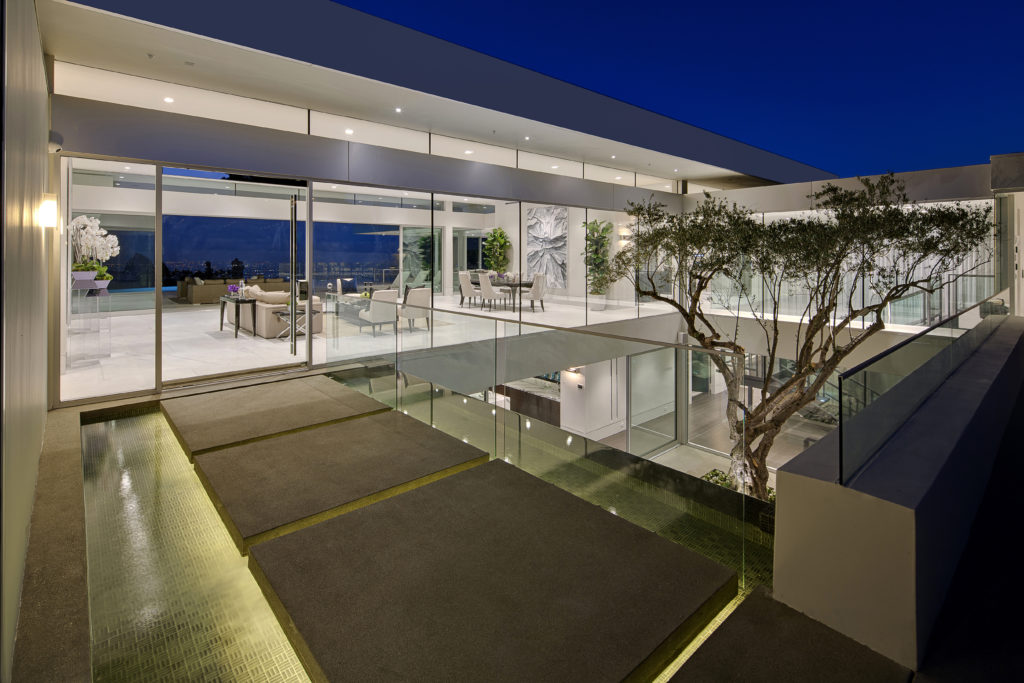
In what ways do you think California architecture and design are distinct?
California is a place that has been built on dreams and starting over. Since the founding of the state, people have come here to begin a new life and try and live in a different way. The amazing climate has always facilitated this; it is no coincidence that both the entertainment industry and Silicon Valley blossomed here. This desire to innovate translates into architecture as well. Even in the early days of Los Angeles, people would come home from their movie sets to architectural fantasies of their own. The combination of a benign climate, large and various building sites and clients with the financial ability and desire to innovate, has allowed California to be at the forefront of architectural design for over a century now. The short answer for me though is the connection to nature.
Describe your dream vacation.
That’s a tough question; there are too many choices. I love visiting cities. I miss a dense urban walkable environment living in Southern California, so I guess a few days in a great city with lots of walking, followed by a relaxing tropical beach. That said, after a week of this type of trip, I get bored.
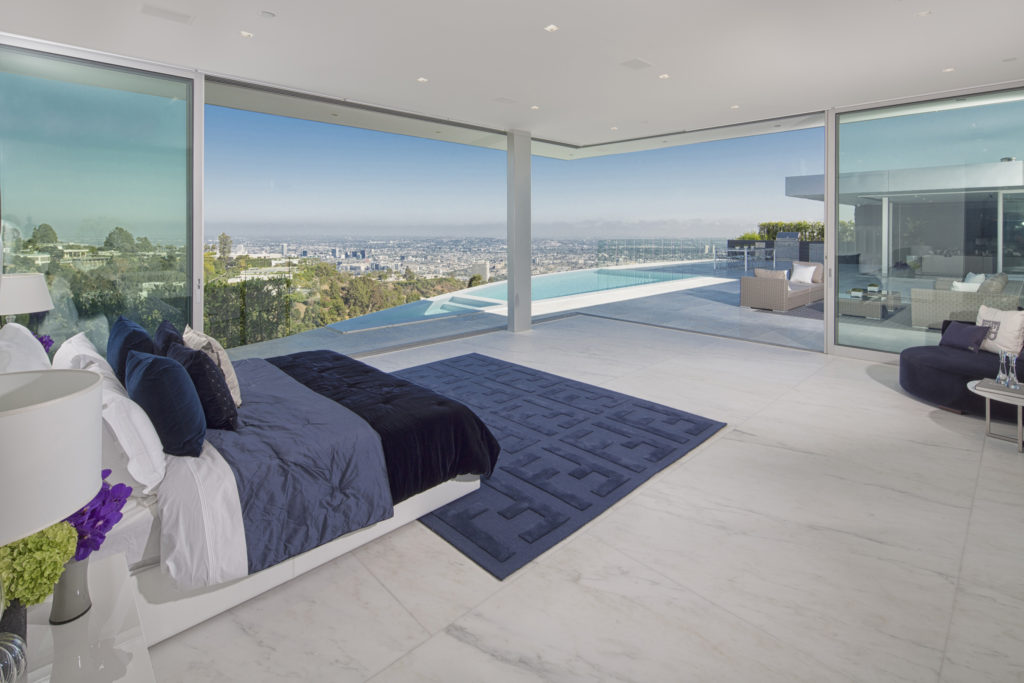
Lightning round!
First concert?
Prince.
Favorite book?
Two: Cloud Atlas by David Mitchell and Orlando by Virginia Woolf.
9. Roller coasters: yay or nay?
Nay.
10. Tattoos: yay or nay?
Depends.
11. Favorite movie quote?
“You’re a wizard Harry!
